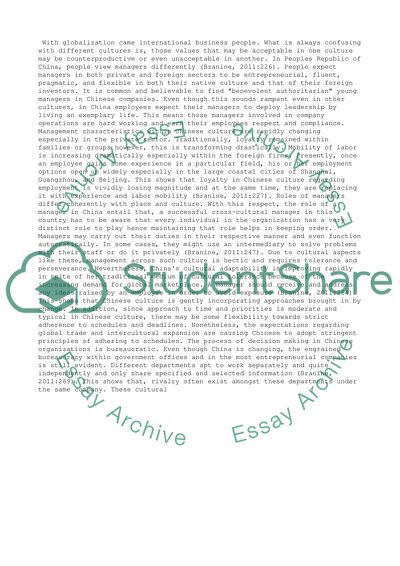Cite this document
(“Management across Culture in China. China is home to the oldest and Essay”, n.d.)
Retrieved from https://studentshare.org/business/1396518-manage-across-culyure
Retrieved from https://studentshare.org/business/1396518-manage-across-culyure
(Management across Culture in China. China Is Home to the Oldest and Essay)
https://studentshare.org/business/1396518-manage-across-culyure.
https://studentshare.org/business/1396518-manage-across-culyure.
“Management across Culture in China. China Is Home to the Oldest and Essay”, n.d. https://studentshare.org/business/1396518-manage-across-culyure.


